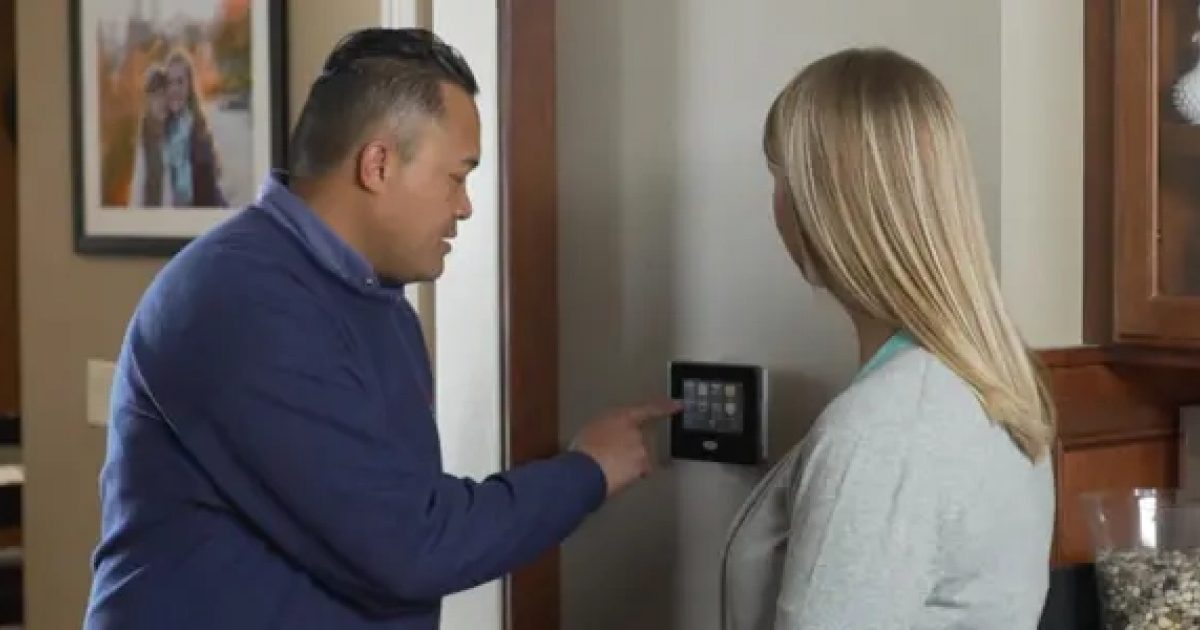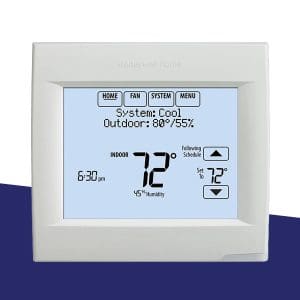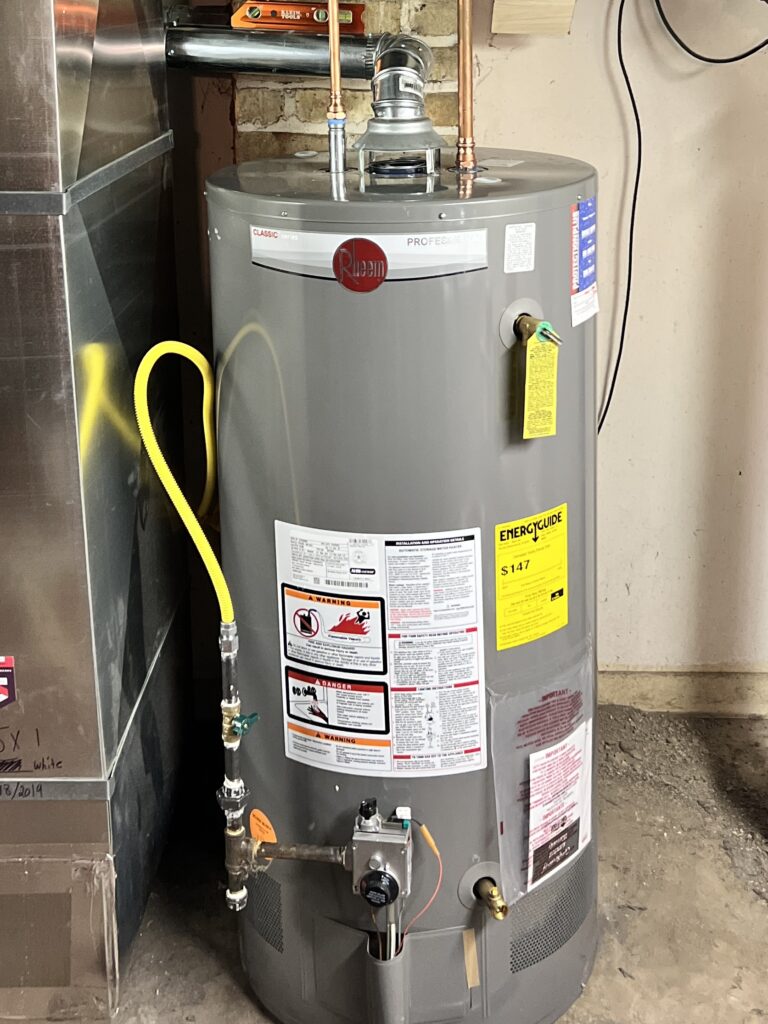

Blog
Should You Set Your Thermostat Fan to On or Auto?

It’s not challenging to adjust the temperature on your thermostat to keep you cool during Iowa summers. But, it can be confusing which thermostat fan setting you should use: on or automatic, otherwise known as auto. It’s a common question that many homeowners have. In most cases, auto is the best option, but there are instances where you may want to use the on setting or a combination of both called circulate.
There is no right or wrong answer, but by understanding the pros and cons of each setting, you can use them more efficiently for your home.
Schedule OnlineFan On vs Auto
The on and auto settings both control the AC blower fan, which is located in the indoor part of your AC unit. The fan pulls warm air into your air conditioner to be cooled and then blows the cool air back into your home. When you select the auto setting, the fan turns on automatically when your system is cooling air. After your thermostat reaches the set temperature, the AC fan shuts off until the next cycle. The on position sets the fan to run continuously.
Thermostat Fan On
Choosing the on setting helps the air flow more evenly throughout your household and can eliminate hot or cold zones. In extreme heat, it’s beneficial to keep your thermostat set to on to help regulate the indoor temperature as well as to allow your AC unit to not work as hard. If you have a two-story home, this setting can help eliminate temperature differences between floors that you may face during the summertime.
You may also notice better indoor air quality when your fan is set to on. In this setting, the air continuously moves through the furnace filter, helping remove allergens and potential indoor pollutants.
In addition, running your AC system fan continuously can reduce wear on your motor because it’s not starting and stopping all day like it would if it were set to auto.
Thermostat Settings 
While there are certainly advantages to keeping your thermostat set to on, there are disadvantages too. Since your AC fan is constantly running, it increases your energy costs. Unless a variable speed motor is installed, it can cost you as much as $50 more each month . How much your costs increase will depend on the age and efficiency of your system.
Another disadvantage of keeping the fan running is that your furnace filter can collect more dust in a shorter amount of time, which may require you to change it more frequently. A clogged furnace filter makes the blower motor work harder and uses more electricity.
What Does Auto Mean on Thermostat?
Setting your thermostat to auto will allow your system to be more energy-efficient since the fan only runs when the system cycles on, not continuously. Typically, the fan will turn on 30 to 60 seconds after a heating or cooling cycle starts and then turn off a minute after the cycle ends.
Another advantage is that you don’t need to replace your air filter as frequently since air isn’t constantly moving through the air filter. You can maintain a monthly or every-other-month changing schedule.
Should AC Be On or Auto?
Keeping your fan set on auto causes it to have more starts and stops, which can wear out the fan more quickly. Over time that can lead to less efficient distribution of air inside the home and potential equipment repairs.
When using the auto setting, you may notice hot or cold spots in your home. And there’s the potential for decreased indoor air quality since the air isn’t constantly being circulated through the filter. When the fan isn’t running, the air may also feel humid or stuffy. If you are noticing high humidity levels in your home, try turning your fan to the on setting.
Fan Circulate
Some newer homes have smart thermostats equipped with a third fan option, circulate, which is a combination of on and auto. This setting runs the fan during the cycle and then again for a few minutes every hour. This is a great alternative if you want to have better air circulation but not the increased energy costs that come with the on setting.
Consider Adding a Variable-Speed Air Handler

Installing a variable-speed air handler can give you the comfort and air quality improvements that the on setting has with the energy-saving advantages of the auto function. A variable-speed motor isn’t restricted to specific settings; it can run at any speed within a set range. This allows it to choose the precise speed that’s most efficient for the given heating demand.
You rely on your AC unit to keep you and your family cool. If your home isn’t maintaining a comfortable indoor temperature, consider switching your thermostat to on or circulate. If you still have temperature control issues, reach out to our team of certified technicians about regular AC maintenance.
Schedule Online







